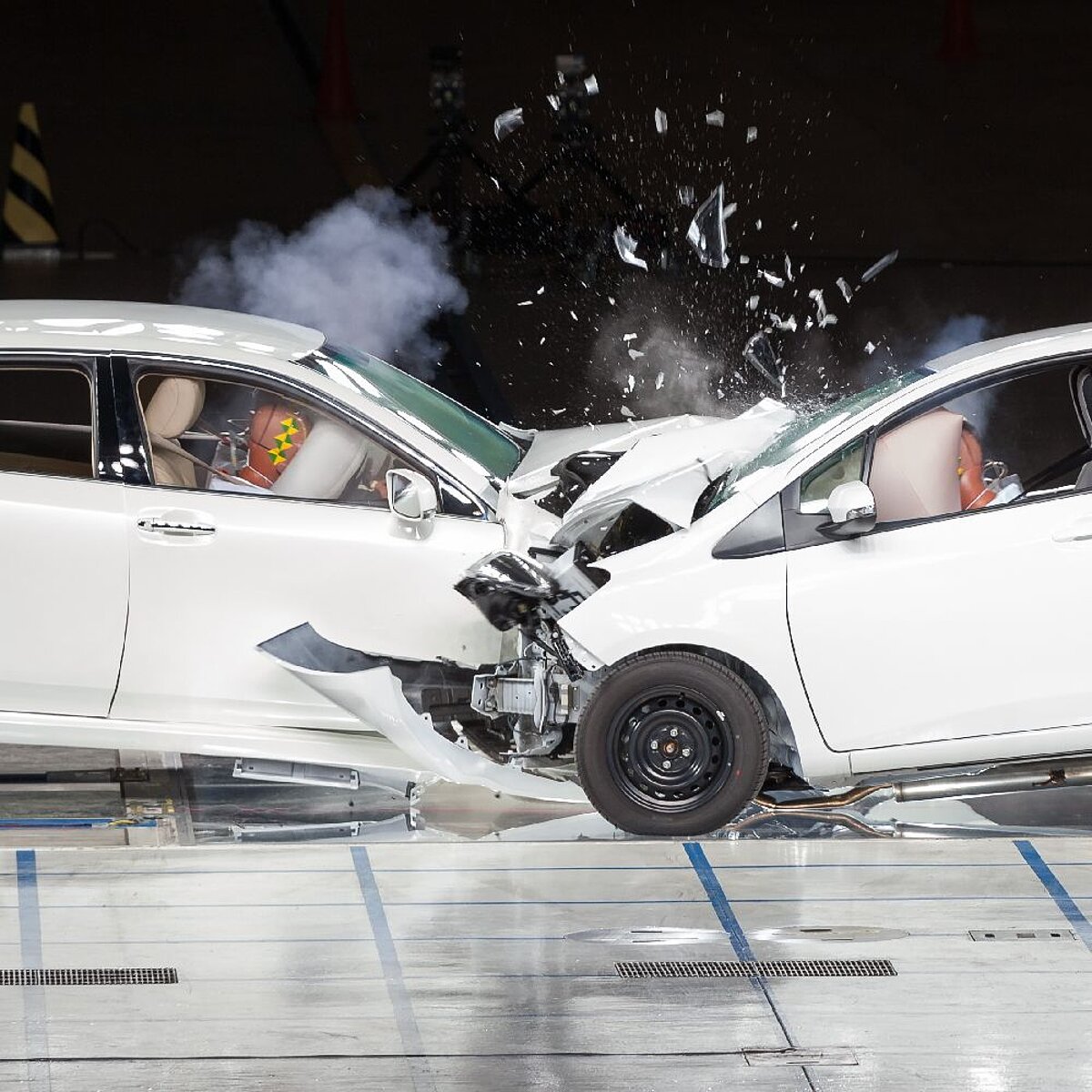Crash-Simulation

General
The term crash simulation originally comes from the automotive sector and has the goal of reducing the crash behavior of expensive prototypes in testing with the aid of virtual crash models
and at the same time to meet the ever-increasing demands on vehicle safety.

Crash behavior
The crash behavior of new vehicle models is examined and optimized in the computer at an early stage.
Optimal crash behavior and weight reduction are often opposing goals. Crash simulations can be used here to find compromises between the lightest possible design and a safe passenger cell. The number of costly crash tests is reduced, which also shortens development times.
In our crash simulations, we place particular emphasis on the connection technology of the individual components, as well as the creation of the necessary material cards, even for exotic materials such as foams, fiber composites, wood, plastics.
Crash simulations on automobiles have become more of a standard investigation and are no longer considered "Rocket Science".
In addition to vehicle components or complete vehicles, we also investigate the crash behavior of motor homes with interiors as well as the behavior of aircraft seats in the VIP area during hard landings.
Application areas
We are increasingly focusing on marginal niches, e.g.
- Design of test chambers for testing high-pressure components, hoses, pump housings, hydrogen tanks, gas containers, pipelines
- containment, the bursting behavior of disks, rotors, impellers, centrifuges, compressors, turbines
- building protection, bollards, safety fences, safety gates
- Drop simulations, e.g. when valves fall to the floor during assembly
- Packaging simulations, i.e. the behavior of packaged components during transport
- Explosion simulations, shock waves, electric arcs
- Protection of cabs in commercial or construction vehicles, ROPS (Roll Over Protection System), FOPS (Fall Over Protection System),
- safety cages in motor sports
etc. which can be simulated with the same calculation methods, but which require specific know-how.
Strain rates
For this purpose, we also require strain-rate-dependent material parameters in unusual strain rate ranges, which we can determine together with partners even for very high strain rates.
Together with our partner Digimat, we can also describe complex materials and composites computationally.
Currently, we are working on the interaction of real human models from computer scans against external impacts.
Other categories
Other keywords related to crash or explicit simulations are:
- Airtbag folding and validation
- Barriers
- Burst testing
- Bursting of disks, rotors, grinding wheels, pump impellers, turbines,
- Exhaust gas turbochargers
- Bombardment
- Bumper tests
- Containment
- Dummy simulation
- Strain rates
- Drop tests
- ECE R135
- ECE R95
- ECE R137
- ECE R34
- EURO-NCAP
- Explosion
- FOPS
- Front-/Rear/-Side-Impact
- Pedestrian protection
- Building protection
- Belt and seat tension tests
- Homologation
- Occupant protection
- Integrated crash FE dummy simulation
- Component tests
- Head impact
- Material cards
- Armor
- Bollard
- Test chamber
- ROPS
- Sledge tests
- Safety fences
- Safety cage
- Transport simulation
- US-NCAP
- Behavior of packed components during transport
- Packaging simulation
Safety as a primary goal
The primary focus of such investigations is safety. Are your safety precautions suitable to protect people from flying parts (containment) or to protect people from injuries in case of an impact if possible (vehicle crash, safety cell). In second place is the resulting damage, which should be minimized (packaging, transport).